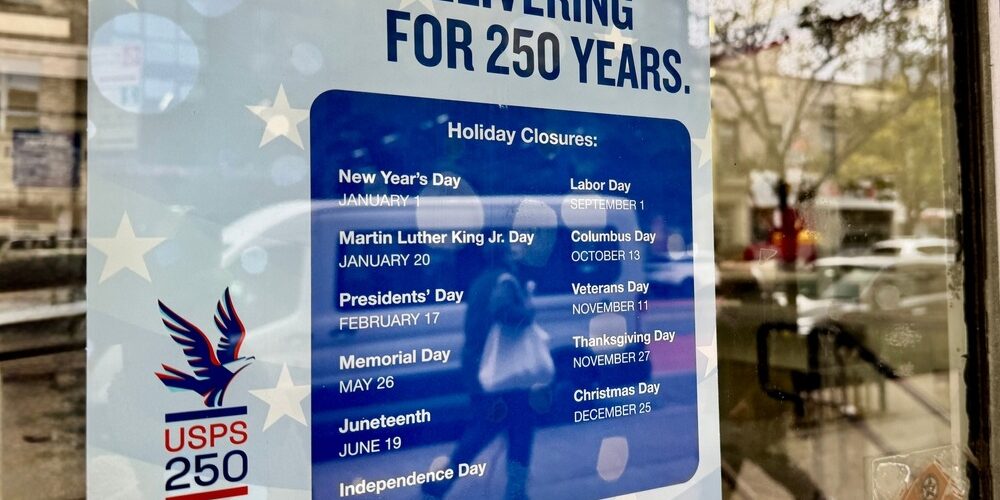The 250-Year Legacy of the United States Postal Service
The United States Postal Service marks its 250-year anniversary as one of the nation’s oldest and most enduring institutions. Over two and a half centuries, it has grown from a fledgling colonial mail system into a cornerstone of American communication, commerce, and community life. Its story is one of innovation, national unity, and tireless public service. This anniversary offers the perfect moment to look back at how the USPS began, the remarkable individuals who shaped it, and the role it has played in United States history.
The Origins of America’s Postal Service
The roots of the USPS reach back to 1775, when the Second Continental Congress appointed Benjamin Franklin as the first Postmaster General. At the time, the colonies urgently needed a reliable communication network to support the growing independence movement. Franklin had already served as the colonial Postmaster for the British Crown and used his experience to transform an inconsistent system into an organized, dependable service. Under his leadership, postal routes expanded, delivery speed improved, and standardized rates were introduced. These early reforms helped support the flow of revolutionary ideas, intelligence, and coordination among the colonies. In many ways, the postal system helped unify the emerging nation long before it became the United States.

After the Revolutionary War, the Postal Service became one of the first federal agencies established by the new government. The Postal Act of 1792 formalized its structure and guaranteed the privacy of mail—a groundbreaking principle at the time. This act empowered Americans with a protected communication network, reinforcing democratic ideals and facilitating the free exchange of ideas across great distances.
Noted Postmaster Generals Who Shaped the Nation
Many Postmaster Generals have left lasting marks on the institution, each guiding the USPS through different eras of national development. After Franklin, Gideon Granger served as Postmaster General from 1801 to 1814 and oversaw major expansions as settlers pushed west. Under his leadership, the mail followed the frontier, helping integrate distant territories into the young nation.
Throughout the 19th century, other influential Postmasters General introduced major innovations. Montgomery Blair, who served under President Lincoln during the Civil War, implemented free city delivery, allowing mail carriers to bring letters directly to homes. This transformed daily American life and made personal communication far more accessible.
In the 20th century, Postmaster General Frank Hitchcock presided over the birth of airmail in 1918. What started as a bold experiment—pilots flying sacks of letters between Washington, D.C., Philadelphia, and New York—eventually led to the modern aviation industry. Later leaders continued advancing technology, from sorting machines to ZIP Codes, which were introduced in 1963 under Postmaster General John Gronouski. These innovations helped the USPS handle the growing volume of mail in a rapidly modernizing nation.
A Service That Helped Shape American History
The USPS has played a defining role throughout American history. In the 1800s, the mail was a lifeline for settlers who moved westward into frontier territory. Letters were their only connection to family, news, and government. Postal routes often became the very roads along which towns and trade developed, shaping the geography of the nation.
The Postal Service also had profound social impact. It became one of the first institutions to employ women in substantial numbers, especially during wartime. It also offered stable careers to veterans and immigrants, supporting economic mobility for millions. Rural Free Delivery, established in the late 19th century, brought equal communication access to remote regions, helping bridge the gap between urban and rural America.
During national crises, the USPS has remained steadfast. During World War II, the mail carried millions of letters between soldiers and their families—messages that sustained morale and human connection. After 9/11 and during the COVID-19 pandemic, postal workers continued serving every community in the country, delivering prescriptions, ballots, essentials, and vital communication.
The Future of an Enduring American Institution
As the USPS celebrates its 250-year milestone, its role continues to evolve. Even as digital communication dominates daily life, the Postal Service remains essential for small businesses, rural communities, and millions who rely on secure mail delivery. It is also a central part of the nation’s democratic process, ensuring that every American, regardless of location, can participate in elections through mail-in voting.
The legacy of the USPS is more than a collection of dates and innovations—it is the story of how America stayed connected. From handwritten letters carried on horseback to modern sorting centers processing millions of packages a day, the Postal Service has remained a constant presence in the lives of generations. Its 250th anniversary is not only a celebration of the past but a reminder of the enduring values of service, reliability, and national unity that continue to define the USPS today.
Two and a half centuries after Franklin first organized the system, the United States Postal Service remains a powerful symbol of American resilience—delivering for the nation, one letter at a time.


































